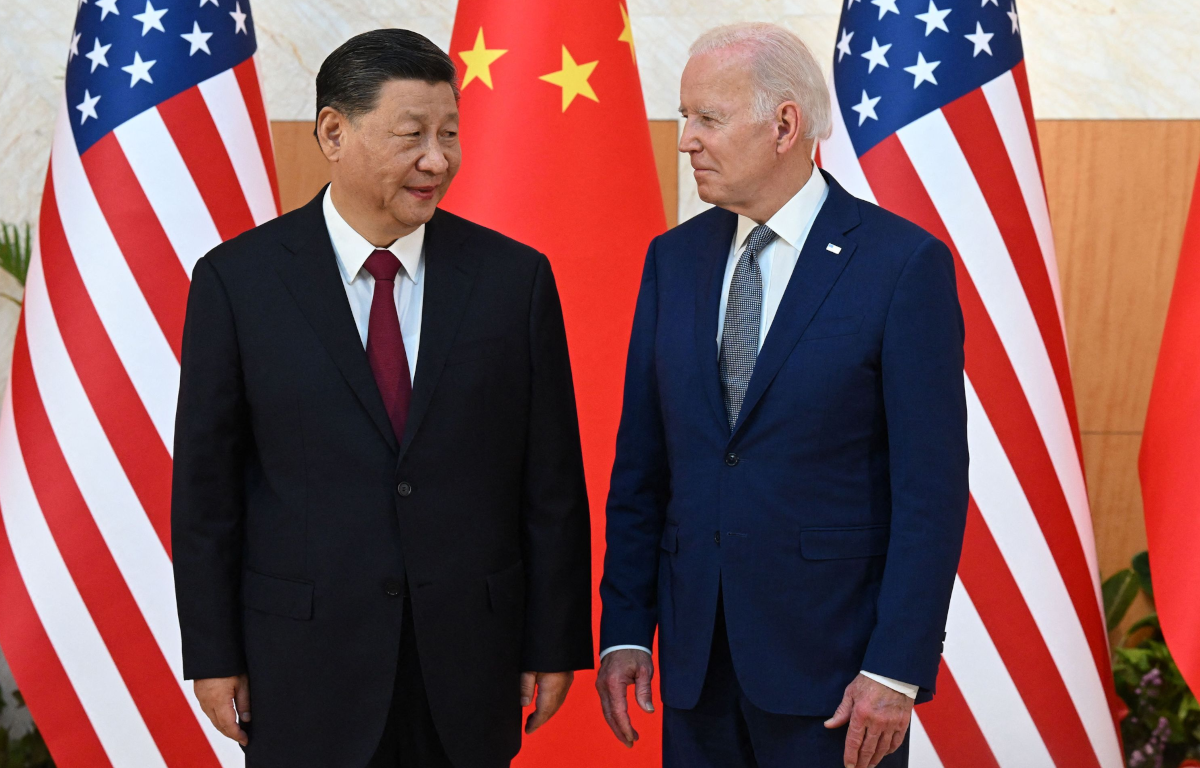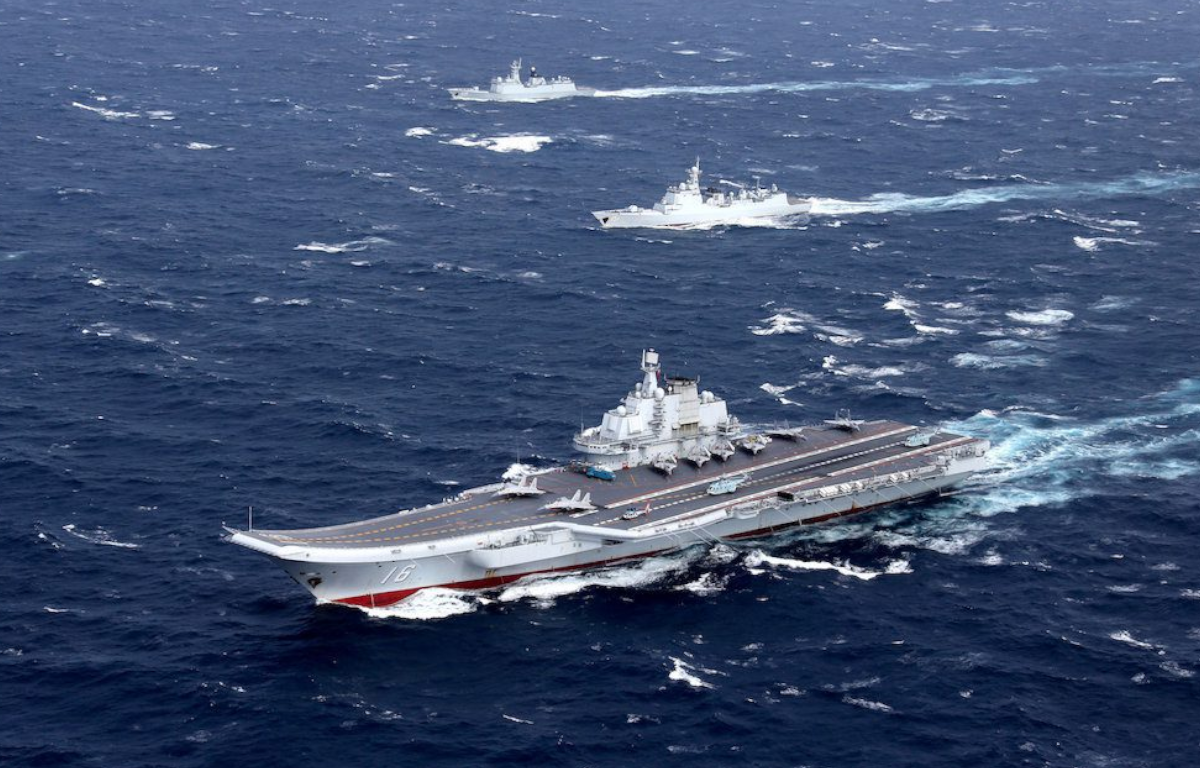
China’s naval expansion is part of its broader military modernization efforts, aimed at bolstering its capabilities and asserting its influence in the Indo-Pacific region and beyond. The People’s Liberation Army Navy (PLAN) has rapidly expanded its fleet, including aircraft carriers, submarines, surface combatants, and amphibious vessels, showcasing China’s ambition to project power across maritime domains.
The emergence of China’s navy as a formidable force mirrors the historical trajectory of the United States Navy, which has long been recognized as the preeminent naval power globally. China has studied and emulated key aspects of the US Navy’s doctrine, including carrier strike groups, expeditionary capabilities, and anti-access/area denial (A2/AD) strategies aimed at deterring potential adversaries.
One of the most visible symbols of China’s naval aspirations is its aircraft carrier program. The commissioning of the Liaoning, followed by the indigenously built Type 001A and the more advanced Type 002 carriers, underscores China’s commitment to developing blue-water naval capabilities. These carriers, complemented by a growing fleet of modern surface combatants and submarines, enhance China’s ability to project power and protect its maritime interests.
China’s naval strategy also emphasizes the importance of maritime domain awareness, advanced naval aviation, and integrated joint operations. The PLAN has invested in modernizing its naval aviation with carrier-based aircraft, including fighter jets, reconnaissance aircraft, and airborne early warning platforms, enhancing its ability to conduct expeditionary operations and sea control missions.
The parallels between China’s naval strategy and the US Navy’s historical approach are evident in areas such as power projection, forward presence, and maritime security operations. China’s growing network of overseas military bases, naval patrols in strategic waterways, and participation in international anti-piracy missions reflect its ambitions to play a more prominent role in global maritime affairs.
The rise of China’s navy as a major maritime power has prompted responses from neighboring countries and other maritime stakeholders. Concerns about China’s assertiveness in maritime territorial disputes, its expanding naval footprint in the Indo-Pacific, and its adherence to international maritime norms have fueled discussions about regional security and the evolving balance of power.
Efforts to manage maritime tensions and promote stability in the region have included multilateral dialogues, naval exercises, and confidence-building measures. Regional frameworks such as the Code for Unplanned Encounters at Sea (CUES) and the Association of Southeast Asian Nations (ASEAN) mechanisms aim to enhance maritime cooperation and prevent incidents at sea.
As China’s navy continues to grow and evolve, its interactions with other naval powers, including the United States, will shape the maritime security landscape in the 21st century. Balancing competition with cooperation, maintaining transparency, and upholding international rules and norms will be essential in managing maritime tensions and ensuring a stable and secure maritime environment for all stakeholders.










Share this: